The best gifts for foragers can be tricky to find in your local mall. With this gift guide for wildcrafters you can create a functional foraging kit that will work hard to keep them gathering all year round. This well-stocked wildcrafting kit is specifically designed for foraging. It’s light weight, uncomplicated and ready to go when they are.
The wildcrafters among us are pretty self-sufficient. Their foraging tool kit is cobbled together with the tools they use for their other hobbies, a knife from the kitchen drawer, pruning shears from the garden shed, a borrowed laundry basket or a shopping bag from the car. And you know how frustrating it can be when you look for a tool, and it’s not where you left it. It’s been moved to the foraging basket. This gift guide for foragers and wildcrafters will take the guess work out of your holiday shopping for that special wild crafter who needs a more organized kit, created especially for them. If they like fermenting, check this gift list too.
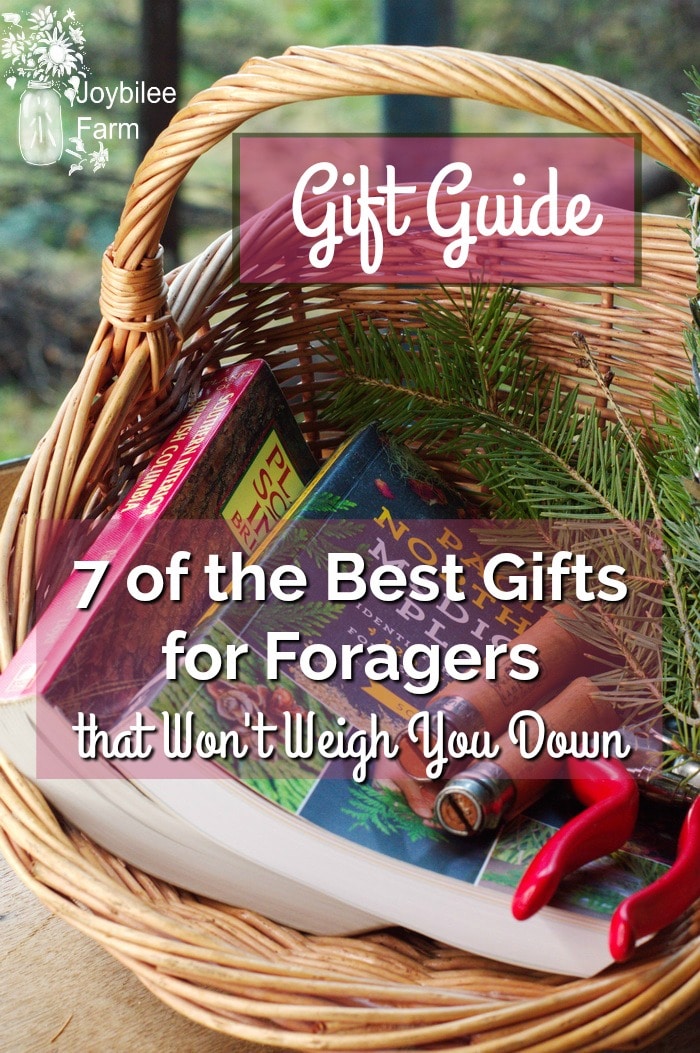
The best gifts for foragers
These gifts for foragers can be packaged in their own basket for easy gift-giving, and a low waste presentation. As I was choosing these gifts, I did not want a long list that would force you to choose between one brand of pruning shears and another, or between one hand made basket or a waxed cotton, collapsible bag. As a forager myself there are some tools that I go to again and again and other tools that rarely actually get used. So in this gift guide for that self-reliant forager, I choose the tools that you’d want to grab quickly on the way out the door, for a spontaneous hike, looking for wild edibles.
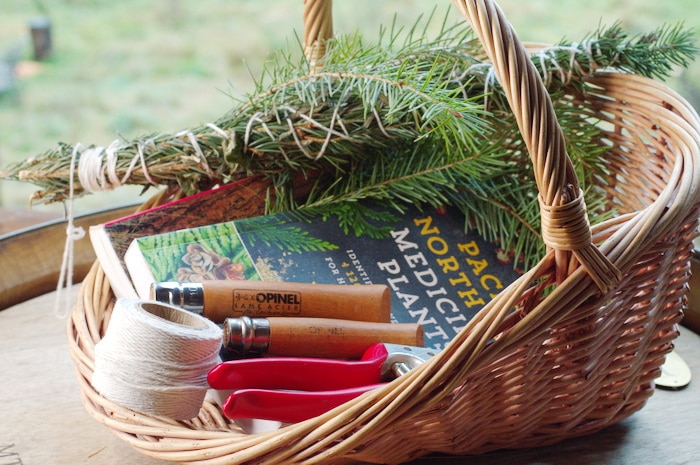
The forager knows that many medicinal and culinary resources can be found out in the wild places near your home. Wild mushrooms, fruit, berries, greens, and medicinal plants are just a walk away in many places, even in the city. But so often these free resources are missed either because we don’t have eyes to see them, or we aren’t equipped to carry them home. Every forager would welcome this forager kit to bring home the harvest and preserve it as food and medicine.
With a fully equipped but lightweight wildcrafting kit, they won’t have to use their hats and pockets for treasure. Instead, they will have these foraging supplies close at hand on their next trek.
What’s in this Gift Guide for Wildcrafting?
1. Foraging baskets for wildcrafting
Baskets are must-have equipment for any forager on your list. Without a basket, your ability to carry home your treasures is limited to what will fit in a hat. Not everyone wants their hats filled with berries. Baskets are always handmade items that last for decades if well taken care of. These baskets are the perfect partner on any foraging hike.
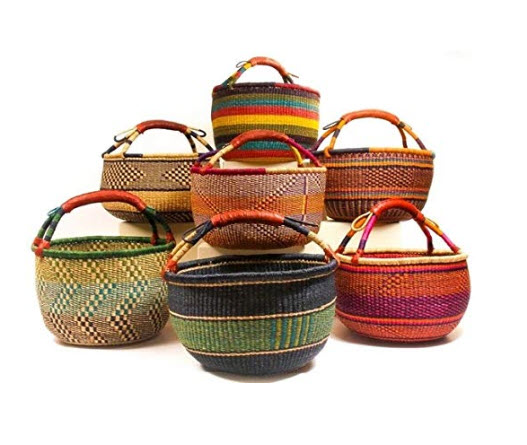
Natural Bolga Handcrafted Seagrass Basket
These seagrass baskets are handmade by Vietnamese Artisans, these are sturdy and lightweight. Choose the natural colored baskets rather than a colorful dyed basket. Dyes used in basketry might not be food safe. The tight weave of the seagrass is great for gathering smaller berries or mushrooms, where wicker baskets can drop the fruit. The wide handle fits comfortably over the arm allowing the forager to gather with both hands.
Wicker Baskets for gathering and wildcrafting
Baskets with coarser weaves like wicker baskets made of willow might also be suitable for foraging if the weave is tight or the basket is lined with a washable cotton liner. A loop handle is a must for foraging with both hands-free, so skip the baskets without handles. These are more suited for use inside the home than for foraging.
You might find lovely baskets at second-hand stores and thrift stores. They were popular containers in the last century but they are harder to find today. Look for baskets that are clean, with no glue residue. Natural wicker that hasn’t been varnished, with a tight weave will be better quality than a varnished basket. Varnish was often used to hide lower quality weaving or a loose weave.

To clean a used wicker basket, Fill a bathtub with lukewarm water. Add a squirt of dishwashing detergent. Swish the basket through the bathwater two or three times making sure you get the handle wet. Reshape the basket, if necessary using dry towels as fillers. Air dry. It’s will now be as good as it was when it was brand new. Foragers and gardeners get a favorite basket or two that they always grab on their way out the door. Let the basket you gift become one of their favorites.
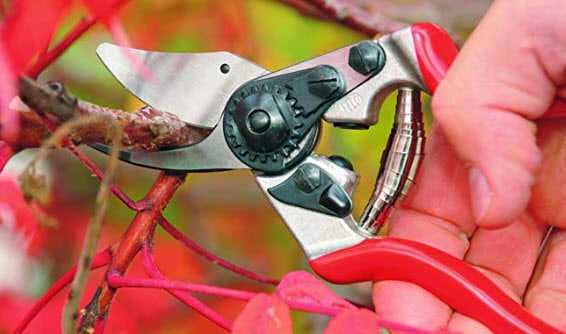
2. Pruning shears for foraging
Every forager needs a pair of light yet reliable pruning shears for harvesting medicinal barks, roots, and some fruit that is persistent on the branch. Felco bypass pruning shears are the best pruning shears available. The hardened steel blades maintain their edge even with heavy use. They will last your forager a lifetime if they are well maintained. Parts are available to keep them in good repair. This pair is lightweight and perfect for small pruning and harvesting. It’s the perfect foraging gift. The small size 7 pruning shears are lightweight and won’t make your foraging kit a burden.
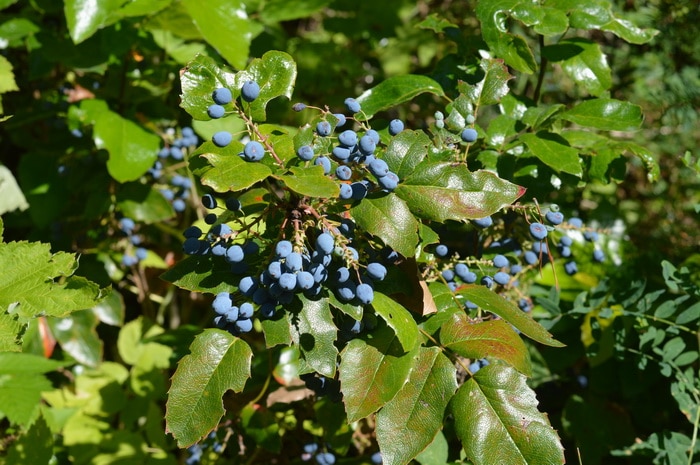
3. Folding foraging knife
There are three kinds of knives that are useful for the forager, depending on what kind of wild harvesting they do. A mushroom knife, a small every day carry knife, and an even smaller forged blade for harvesting herbs can be useful as gifts for foragers. These knives make perfect stocking stuffers, too.
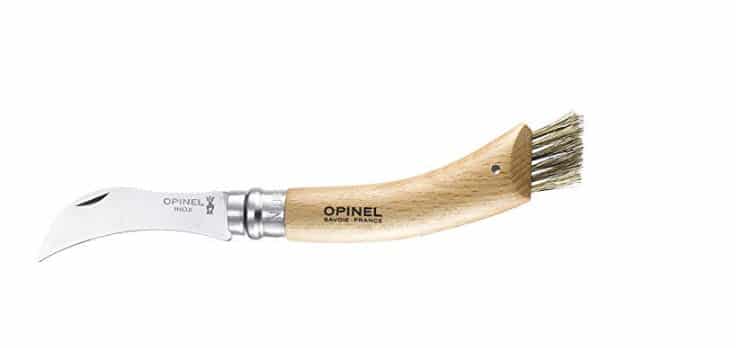
A mushroom knife is an essential tool for mushroom hunters. It is used to cut the mushroom below the soil surface, so you don’t disturb the mushroom colony. The brush on the end is used to clean excess dirt from the tops and foot of mushrooms before they are placed in your gathering basket. This Opinel mushroom knife, made in France, has a traditional curved blade to make cutting chantrelles, morels, trumpets, rosés meadows, coulemelles, and boletes easier with a fluid movement. The back of the knife is used to scrape dirt away from the mushroom, while the boar bristle brush is used to clean up debris from the mushroom caps gently, without bruising the mushroom. This is especially useful for morels, with their textured caps and hollow stems. The patented Opinel safely lock keeps the knife from closing while in use.
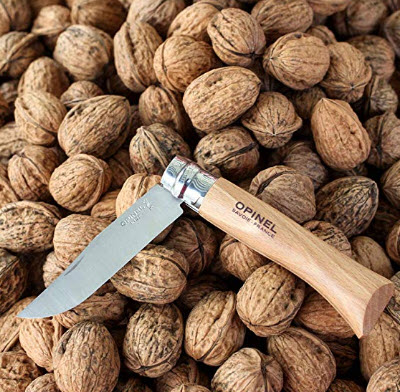
My favorite every day carry knife is the Opinel number 6, from the same company. It is a small, folding pocket knife with a time tested design. Lightweight, with a stainless steel blade, and beechwood handle, it is suitable as a first knife pocket knife for a child but it also makes an ideal every day carry knife for the forager. It’s compact size is always ready to assist when the ideal harvest is spotted on the way home, this sturdy yet simple tool is made in France.
For the forager that appreciates handmade and unusual tools this hand-forged Celtic pocket knife is as beautiful as it is functional. With its own sheaf to protect the blade this tool is sharp and will hold its keen edge for a long time. Keep it away from curious little hands to avoid knicks and unexpected cuts. This knife is used by slipping your index finger through the handle, like a ring. Its small one-inch blade is very useful for cutting herbs for harvest in the garden or along the trail. The sheaf can be carried around the neck like a necklace to keep the hands free for foraging.

4. Gloves for foraging and wildcrafting
When harvesting among thorns, thistles, nettles, and brambles goatskin gloves are the best protection. Goatskin is tight, durable yet flexible to allow for freedom of movement, yet protect from thorns and insect stings. Breathable leather gloves are a better choice than the typical neoprene gardening gloves for trail work. These foraging gloves are not meant for berry picking but rather to wear while moving branches and canes out of your way during a harvest. These white gloves are a good choice as they are easy to see if they are laid down on the ground and won’t be lost easily in the shade of the forest floor.

5. Field guides for foraging and wildcrafting
A regional field guide is a must for serious foragers. Whether you are foraging for medicinal herbs, edible mushrooms, or berries, a good field guide that also details the identifying characteristics and possible look-a-likes can prevent serious mistakes for both beginner and experienced foragers alike. Plan to use more than one field guide to make a positive identification if this is your very first time identifying a particular plant. Ideally, you’ll want confirmation from at least 3 independent sources before you harvest and one of these should be a reliable field guide.
As the beginning forager gains experience the field guides become part of a useful reference library but at the beginning they are an essential field tool. Do not rely on online apps as a substitute for a reliable field guide. Online apps are less accurate than your own eyes.
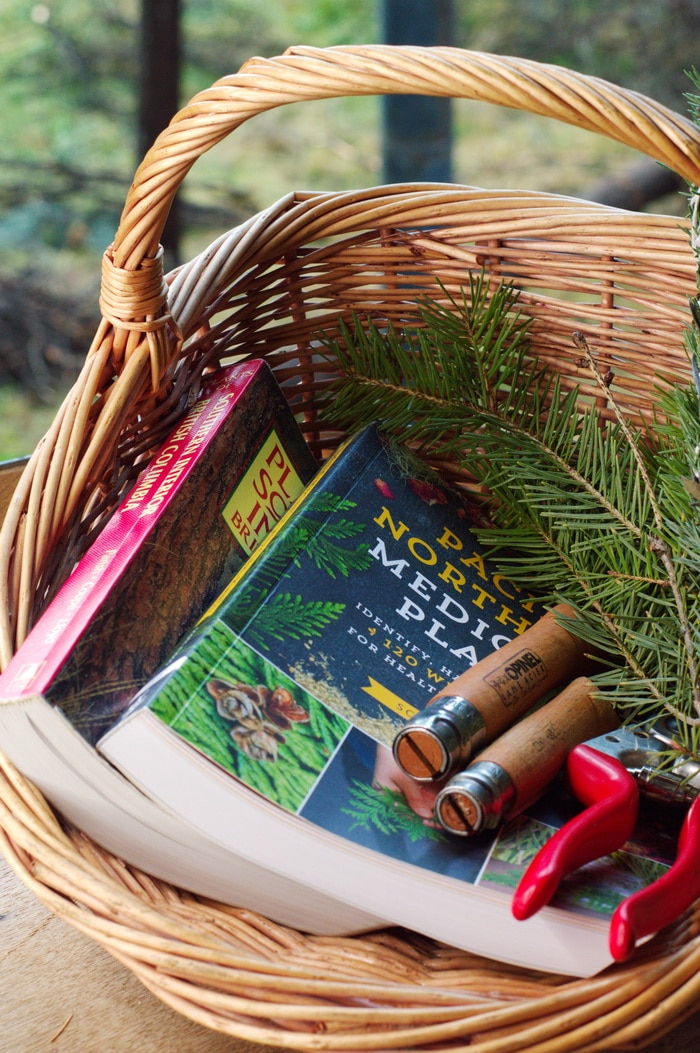
Choose books for your region specifically including a wild edible field guild, a mushroom field guide, and a medicinal plant field guide. In this way, you’ll be assured that you are able to correctly identify the wild herbs, mushrooms, and berries growing wild in your area. Keep in mind that introduced species are rarely mentioned in these field guides unless they are considered naturalized.
In the Pacific Northwest, these are good choices for field guides as gifts for your foraging friend. However, each region will have its own specific field guide. If you live in the midwest, look for a midwest field guide. If you live in California, find a field guide specific to California. If you live in New England you’ll want a field guild specific to that region. Other countries also have region-specific field guides, but they will use different delineations. If you need help ask your forager what region they forage most in and what it is called.
If you’ve been relying on a field guide that’s more than 30 years old it may be time to update with a new field guide that uses color plates. Older field guides often used black and white line drawings because printing costs were much higher for color printing in those days. Today quality color photos are standard in recent field guides.
Pacific Northwest Medicinal Plants, Pacific Northwest Foraging, and Mushrooms of the Pacific Northwest.
6. Foraging recipe books make terrific gifts, too
Other useful books include cookbooks featuring foraged edibles, as well as books written by naturalists. These books are some of my personal favorites. Books such as The Forager’s Feast: How to Identify, Gather, and Prepare Wild Edibles by Leda Meredith and The Wildcrafting Brewer: Creating Unique Drinks and Boozy Concoctions from Nature’s Ingredients by Pascal Baudar are as beautiful as they are useful gifts for foragers. One of my favorite foraging books that is as beautiful as it is informative is Foraging and Feasting: A Field Guide and Wild Food Cookbook by Dina Falconi. This one is attractive enough to sit on your coffee table year round.

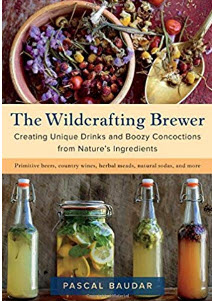

7. The Botany and Wildcrafting Course from The Herbal Academy
This course is a must if your favorite forager is venturing into unfamiliar territory. Being knowledgeable about plant characteristics, botany, and plant identification can help keep your forager safe and build their confidence in identifying plants, berries, and medicinal herbs in the wild. This short course with videos, ebooks, and reliable instruction will grow their knowledge quickly, while they learn more about the amazing plant world that they enjoy so much. The Herbal Academy is a reliable online school with herbalist programs for the beginner to the advanced herbalist.
How to present your gifts for foragers
If you found a lovely foraging basket this can become the foundation of your gift presentation as well. Add the tools, gloves, field guides and cookbook to the basket and top it off with a bow or a fabric wrapping, or even a foldable nylon shopping bag like this one, that will also be useful for your forager.
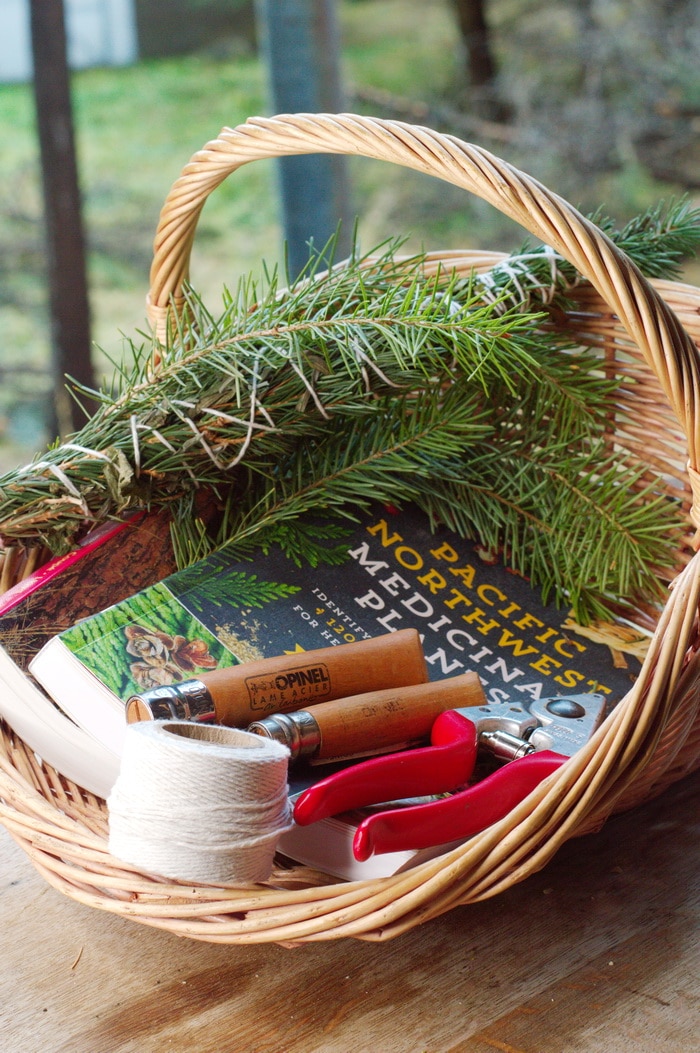
Which gifts for foragers should you pick?
You may need to be a snoop to see which tools your foraging friend already has, and which ones they are constantly snitching from the house, borrowing from a friend, or taking out of the public library. That will give you a clue. The better you know the wildcrafter in your life the more likely you’ll hit on the best gifts for foragers in your family.
Your Turn:
I hope this gift guide for foragers and wildcrafters gave you some inspiration in your gift shopping this season. Let me know in the comments any other ideas you had for the wildcrafter in your life.
More Foraging Articles from Joybilee Farm
- 10 Wild Weeds and Greens to Eat
- 5 Edible Wild Plants of Early Spring to Hunt on Your Foraging Hike
- 10 Good Reasons to Grow basket Willows on your Homestead
- How to Harvest Wild Cherry Bark and Stop Coughing So You Can Sleep
- Oregon Grape Jelly
- Choke Cherry and Elderflower Mead
- Dandelion Root Tea
- Morel Mushroom Harvesting



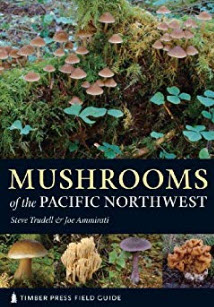
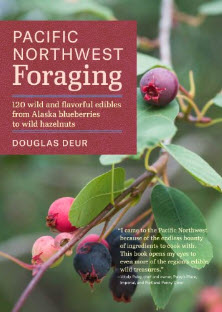
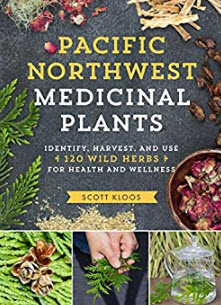


Leave a Reply